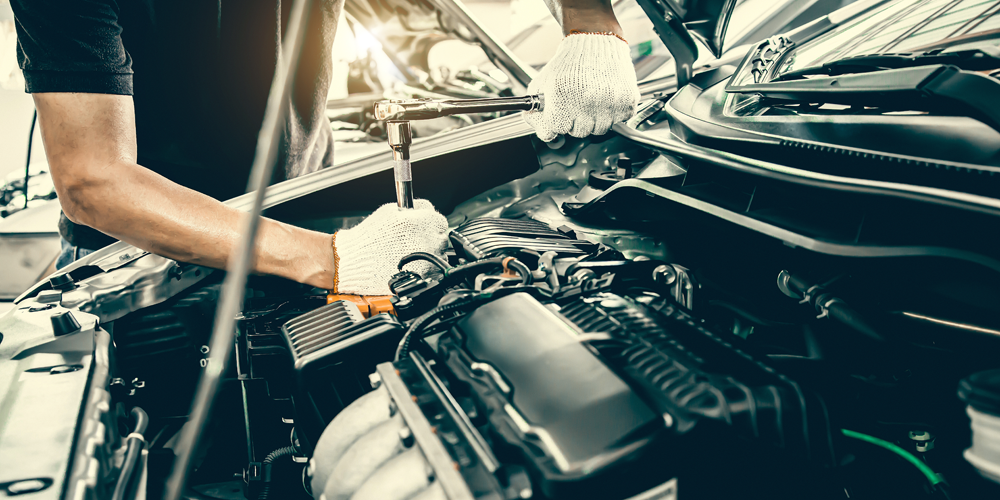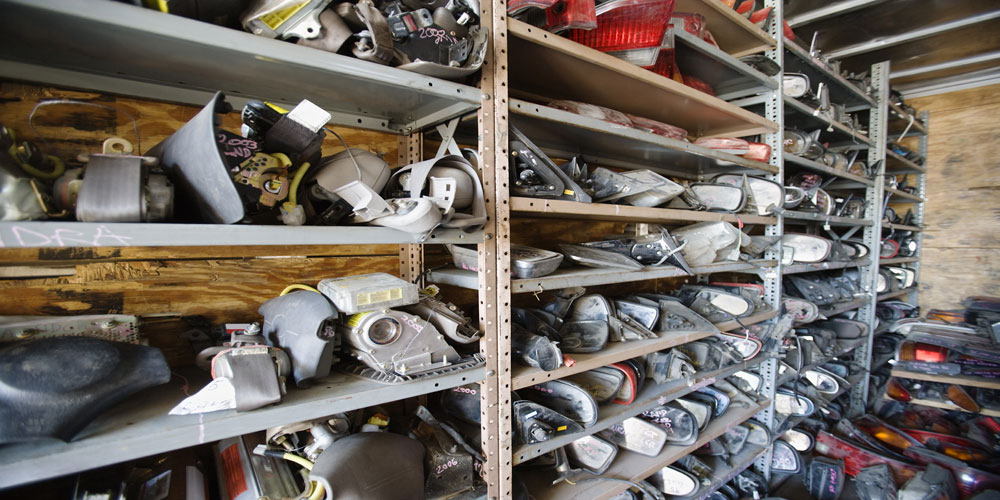Scrapyards, also known as salvage yards or junkyards, are treasure troves of automotive parts waiting to be discovered by savvy shoppers. Whether you’re a car enthusiast, a DIY mechanic, or just someone looking to save money on auto repairs, buying parts at a local scrapyard can be a cost-effective and environmentally friendly option. In this essential guide, we’ll walk you through the process of buying parts at a scrapyard and share tips to make your experience successful.
Research Before You Go:
Before visiting a scrapyard, do your homework. Know what parts you need, the make and model of your vehicle, and any specific part numbers or compatibility information. Some scrapyards have online inventories, which can be a great resource for preliminary research.
Choose a Reputable Scrapyard:
Not all scrapyards are created equal. Look for a reputable and well-established yard with good reviews. Ask for recommendations from fellow car enthusiasts or mechanics in your area. A reliable scrapyard is more likely to have well-organised inventory and a helpful staff.
Bring Your Tools:
Scrapyards don’t provide tools, so bring your toolbox with essential items like wrenches, pliers, screwdrivers, and a flashlight. Don’t forget safety gear, including gloves and sturdy footwear. Some scrapyards may require you to bring your own cutting or dismantling tools for larger parts.
Check the Yard’s Policies:
Before you start scavenging, familiarise yourself with the scrapyard’s rules and regulations. Understand their pricing structure, return policy, and any safety guidelines they have in place. Some yards may require you to sign a waiver before entering.
Inspect Parts Carefully:
Inspect parts closely before removing them. Look for signs of damage, wear, or rust. Ensure that the part matches your vehicle’s specifications. Take note of the part’s condition, and if possible, ask the yard’s staff for information about its history.
Negotiate Prices:
Scrapyard prices are typically negotiable. Don’t be afraid to haggle, but be fair in your negotiations. Keep in mind that you’re buying used parts, so prices should reflect their condition and age.
Ask About Warranties:
Some scrapyards offer limited warranties on the parts they sell. Ask about their warranty policy and understand the terms and duration of coverage. This can provide peace of mind in case the part doesn’t perform as expected.
Practice Safety:
Safety should be a top priority when navigating a scrapyard. Be aware of your surroundings, watch out for heavy equipment, and follow all safety guidelines provided by the yard. If you’re not comfortable with a particular task, ask for assistance.
Remove Parts Properly:
When removing parts, use the appropriate tools and techniques. Avoid damaging adjacent parts or injuring yourself during the process. Take your time, and if necessary, seek guidance from the scrapyard staff.
Be Environmentally Conscious:
Scrapyards play a role in recycling and reducing automotive waste. Dispose of any waste materials properly, and consider returning used oil and other fluids to designated recycling centers.
Buying parts at a vehicle scrapyard can save you money and reduce the environmental impact of your auto repairs. By following this essential guide and being a smart and responsible shopper, you can successfully find quality parts to keep your vehicle running smoothly while contributing to a more sustainable automotive industry.



